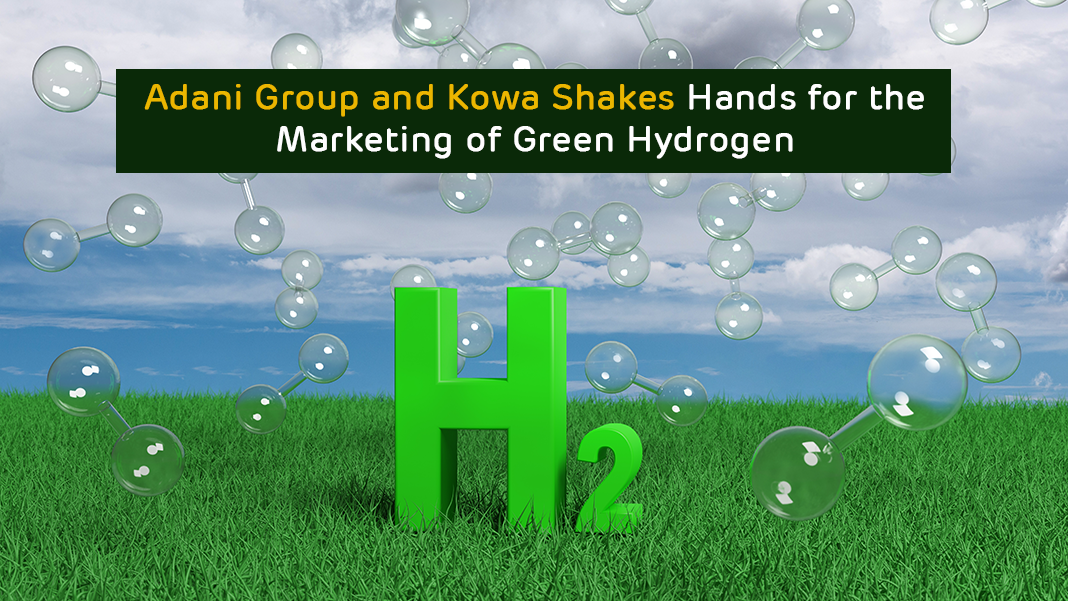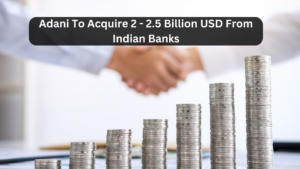
Adani Group, one of India’s most extensive and diversified conglomerates, has recently formed a joint venture with Kowa Group to sell green hydrogen in the Taiwan, Hawaii, and Japan markets. The Gautam Adani-led conglomerate has decided to invest 50 billion USD over the next decade in setting up a completely integrated green hydrogen ecosystem in India. This involves the production of 1 million tonnes of green hydrogen in the project’s initial phase. This will later be increased to 3 million tonnes. Adani Global Pte Ltd, Singapore, a subsidiary of Adani Group, announced the joint venture with Kowa Holdings to be a well-planned strategy to market green hydrogen, green ammonia and the associated derivatives. The joint venture is going to benefit both conglomerates and will also help overcome the Adani Crisis.
Benefits Associated with The Production of Green Hydrogen:
As civilisation progresses, pollution becomes a concern. What alternative energy source could serve all the purposes but contribute less to pollution? Well, green hydrogen is the solution
Green hydrogen is generated using electrolysis process. Once the hydrogen is produced, it can be directly transferred or converted to ammonia before it is transferred for electricity generation. Transferring green hydrogen after converting it to green ammonia is a relatively safe method.
Green hydrogen can be used in various sectors, including transport, chemical, manufacturing, etc. The hydrogen-powered vehicle would once again lead India towards its sustainability goals. It would greatly improve air quality, reduce pollution, and promote energy security.
The Main Aim of the Joint Venture:
The joint venture between Kowa and the Adani Group is considered a strategic extension to mitigate the Adani Crisis. It depicts the long-standing marketing relationship of the Adani Group with Kowa. Adani New Industries Limited (ANIL), the actual green hydrogen platform of Adani Group, is developing various advanced solutions to produce green hydrogen globally. The first project of ANIL is to produce 1 million metric tonnes per annum (MMTPA) of green hydrogen. This project will be implemented in different phases in the state of Gujarat itself. The initial phase will start by FY 2027, and depending on market conditions, the green hydrogen capacity will be increased to 3 MMTPA in the next ten years. This would require an additional investment of 50 billion USD.
ANIL focuses in building an integrated hydrogen ecosystem in various phases. The entire strategy of developing an integrated hydrogen ecosystem is associated with three different business streams, which are as follows:
- Manufacturing of different types of supply chain products like solar- polysilicon, wafer, ingot, cell & module, wind turbine generator, electrolysers, etc.
- Generation of large quantities of green hydrogen.
- Production of different downstream derivative products like sustainable aviation fuel, green ammonia, green methanol, and others.
This strategy will help the company in accomplishing its business goals. The production of green hydrogen will increase rapidly within a short span. The people will also benefit from the use of green hydrogen.
The Impact of the Joint Venture Between Adani Group and Kowa:
The cumulative strength of Adani Group and Kowa will bring India enormous economic success. It will lead to a positive impact on the environment. With increased production of green hydrogen, India will enjoy export opportunities. It can start exporting green hydrogen to various other countries as well. This is going to give the Indian economy an excellent boost. Adani Group has also started setting up large-scale renewable equipment manufacturing projects after a few months of the Adani Crisis. It is building extensive infrastructure for project execution. This is going to help India in achieving its renewability goals.
Conclusion:
Adani Group plans to expand its green hydrogen project in the upcoming years. Although there was a time of turmoil during the Adani Crisis, the companies under the Adani Group have recovered well from the situation. Adani Enterprise Limited also has plans to expand its capability of solar module manufacturing at Mundra SEZ in Gujarat to up to 10GW per annum. The Mundra factory would manufacture metallurgical grade silicon, wafers, ingots, cells, etc., that can generate electricity from solar energy. The seawater will be desalinated before using it for electrolysis to produce green hydrogen at a lower cost. This is going to have a significant impact on the energy economy. The industrial operations in various corners of India will improve as a consequence.







